Refund Guaranteed
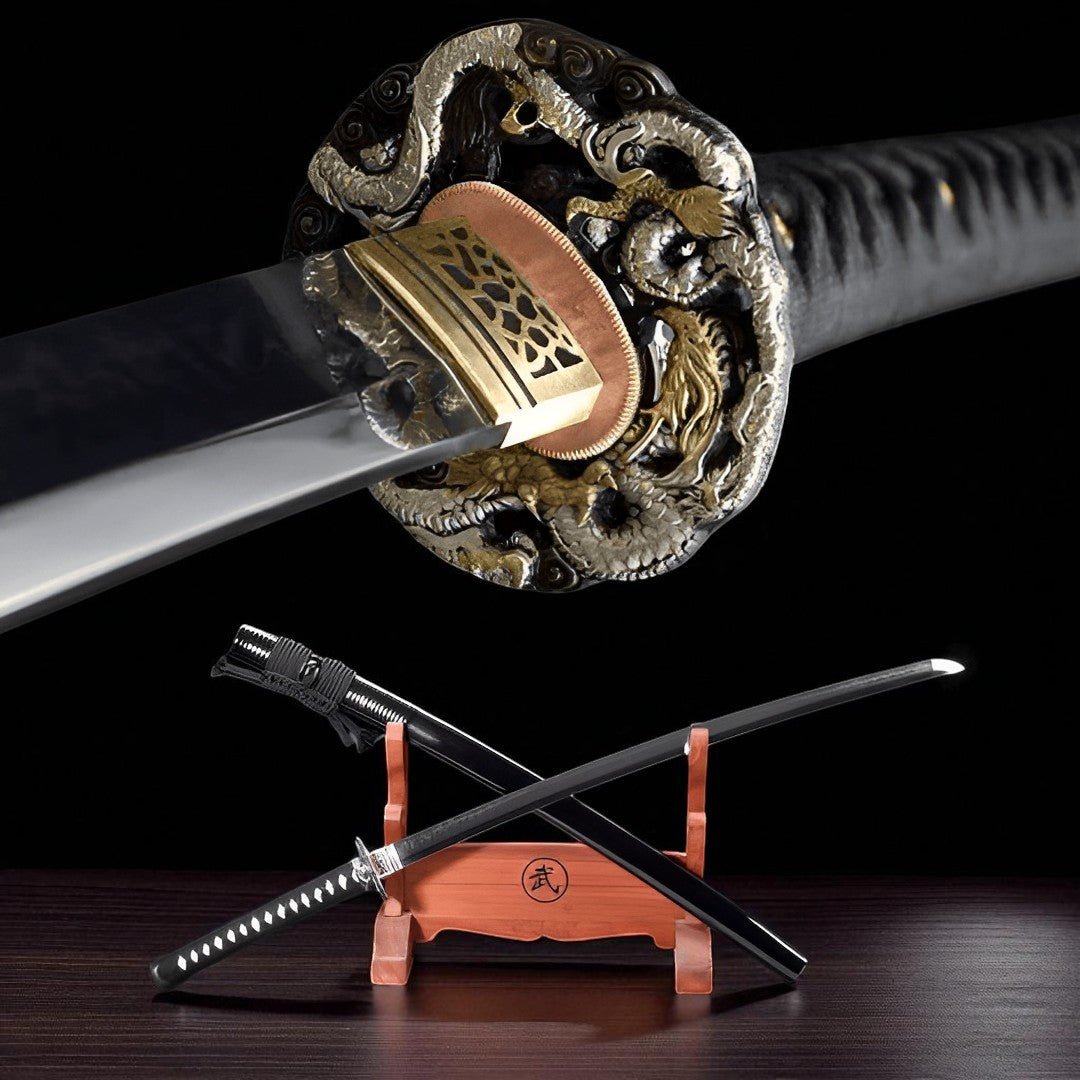
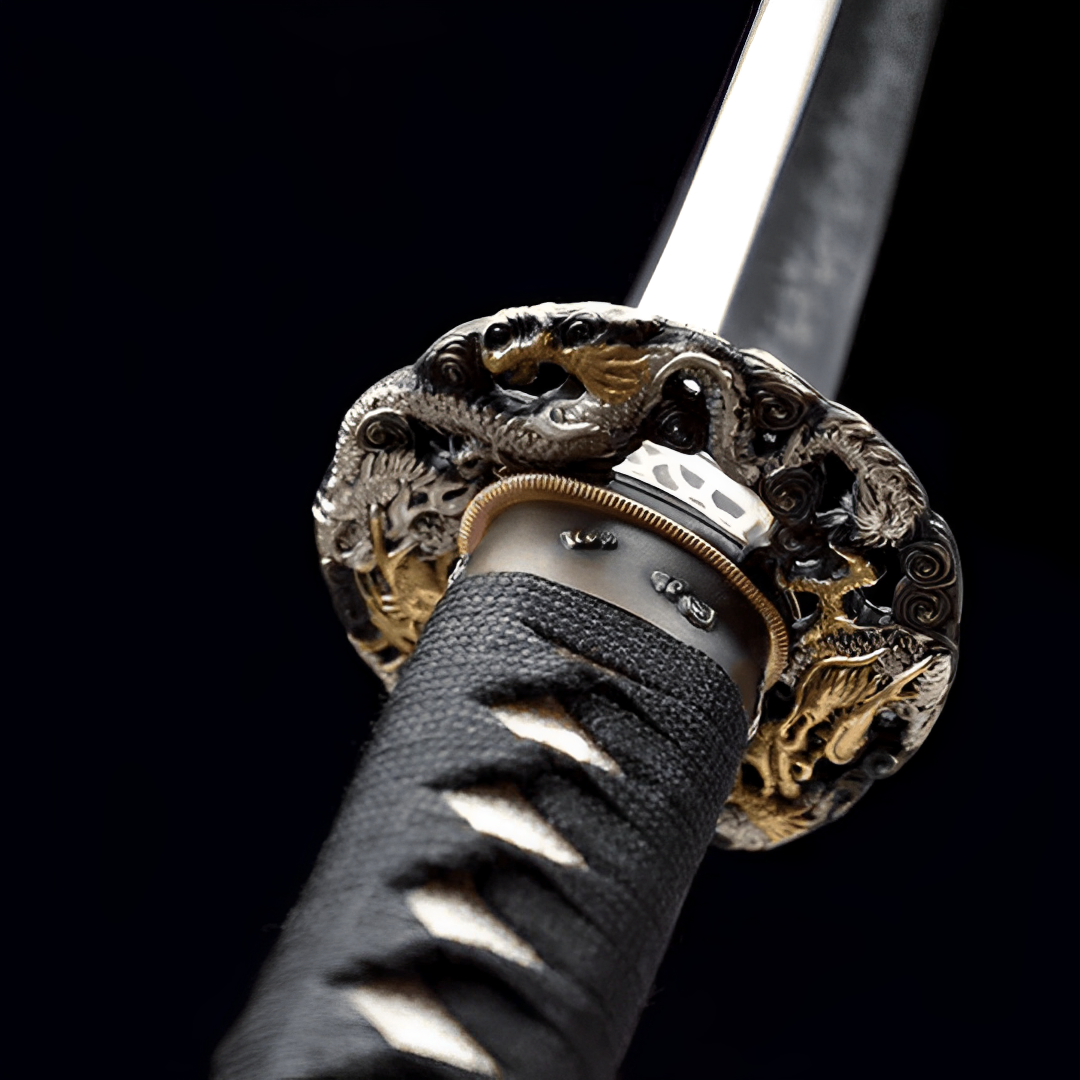
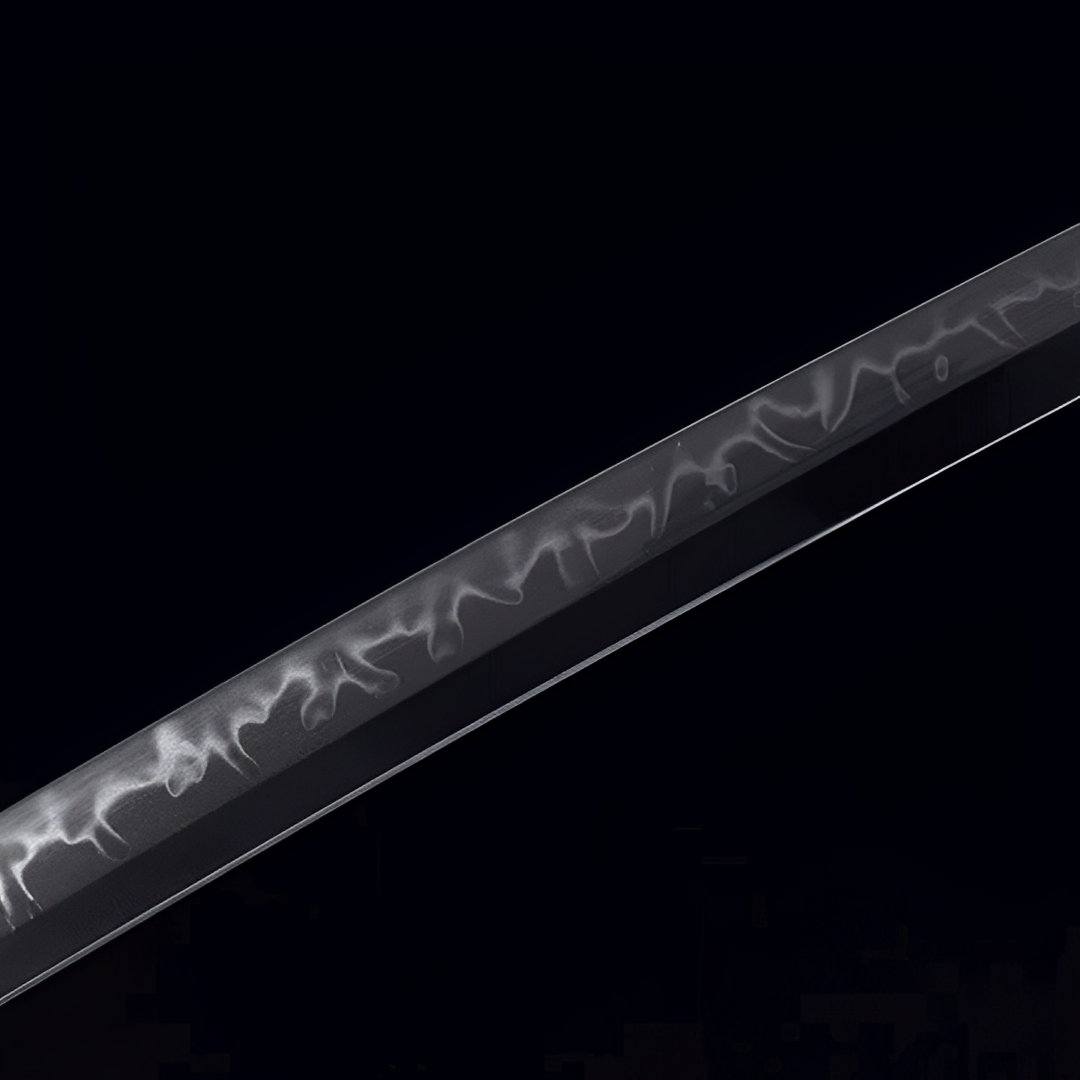
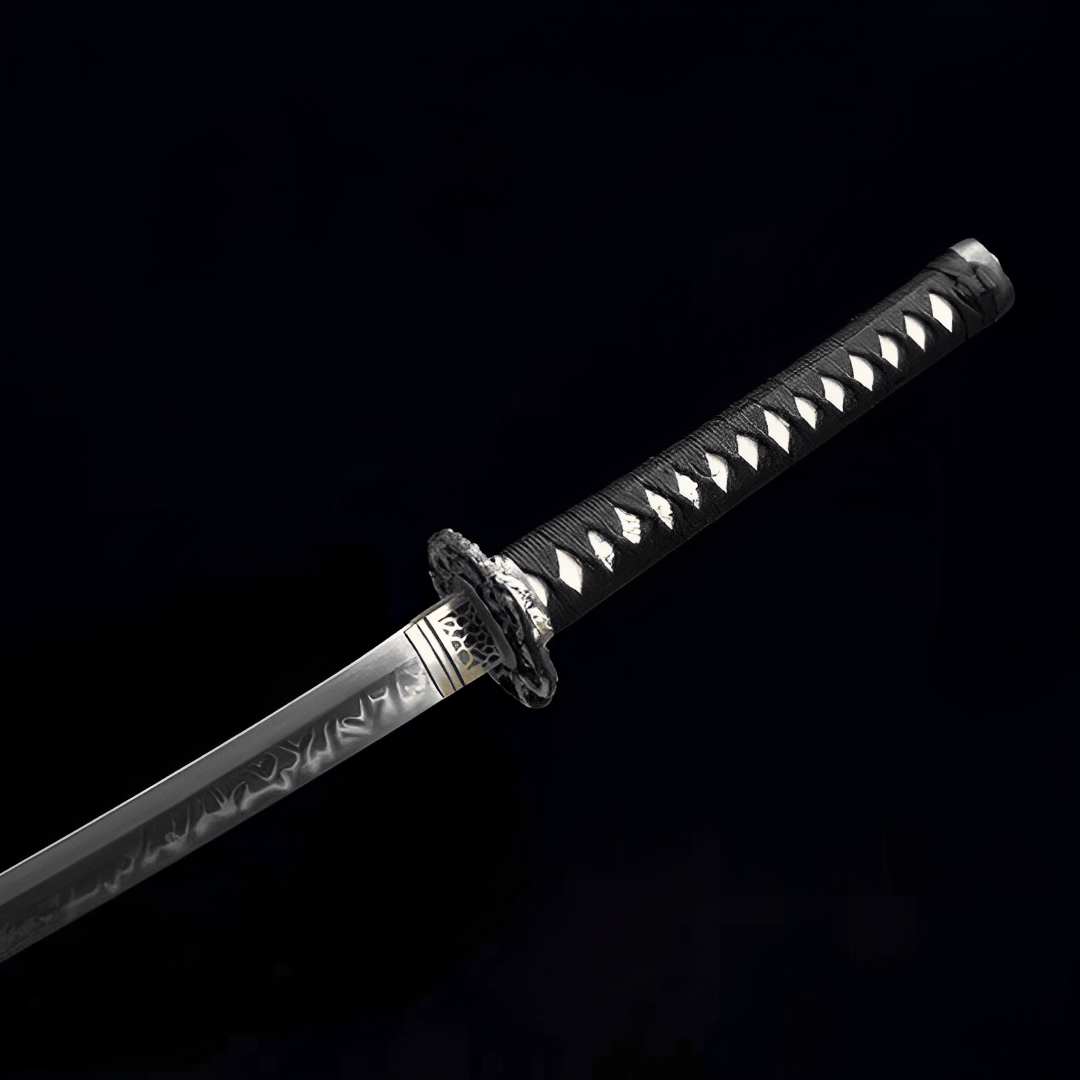
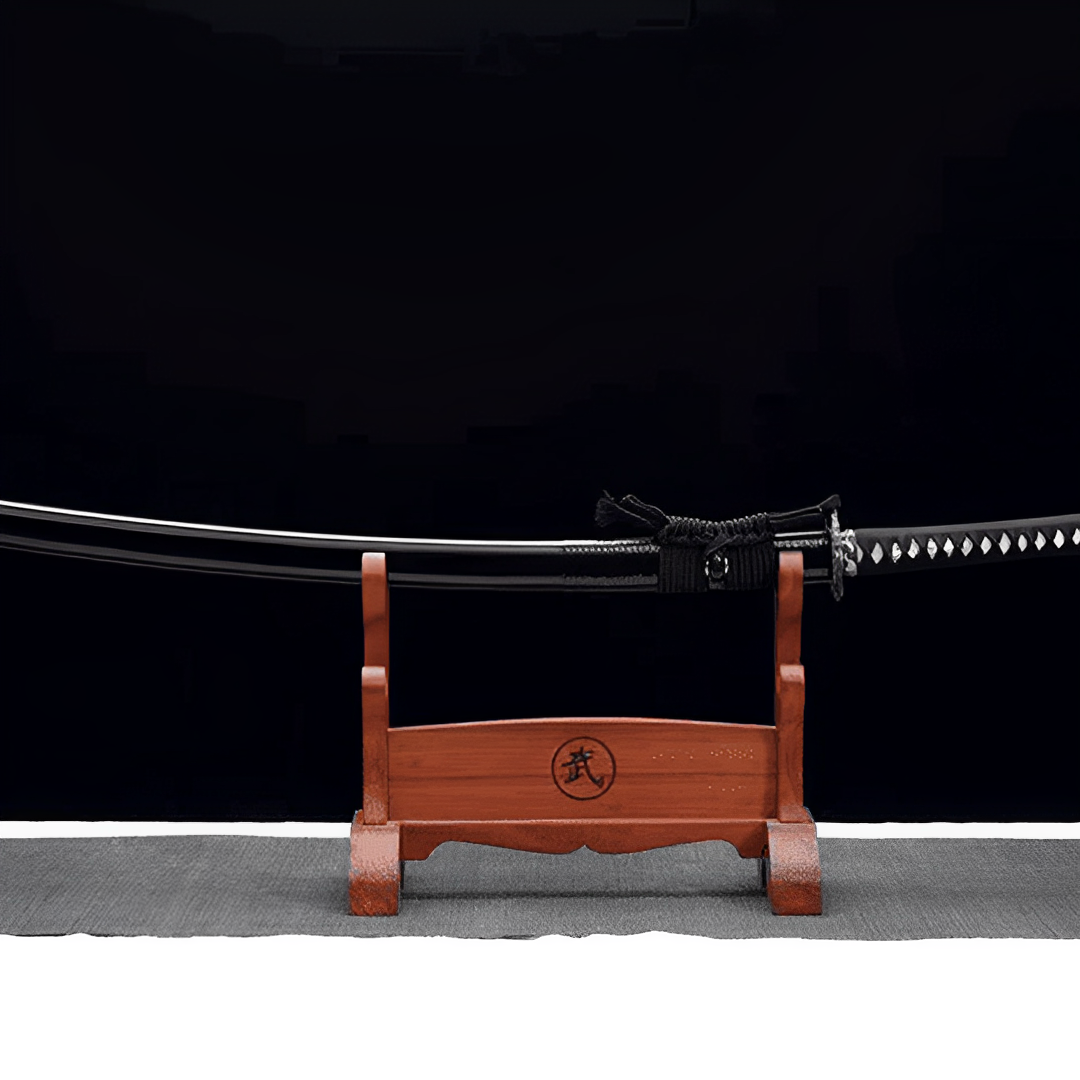
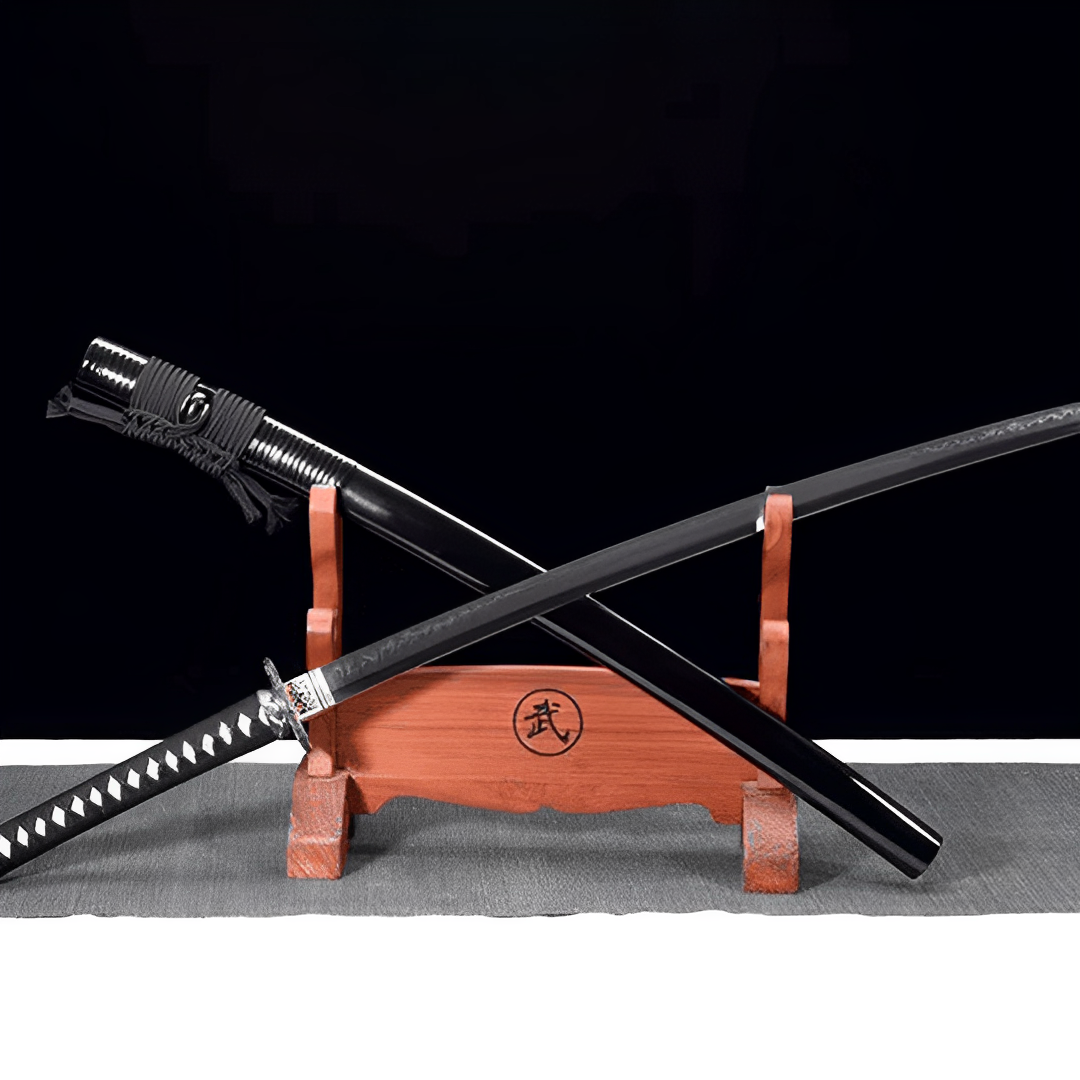
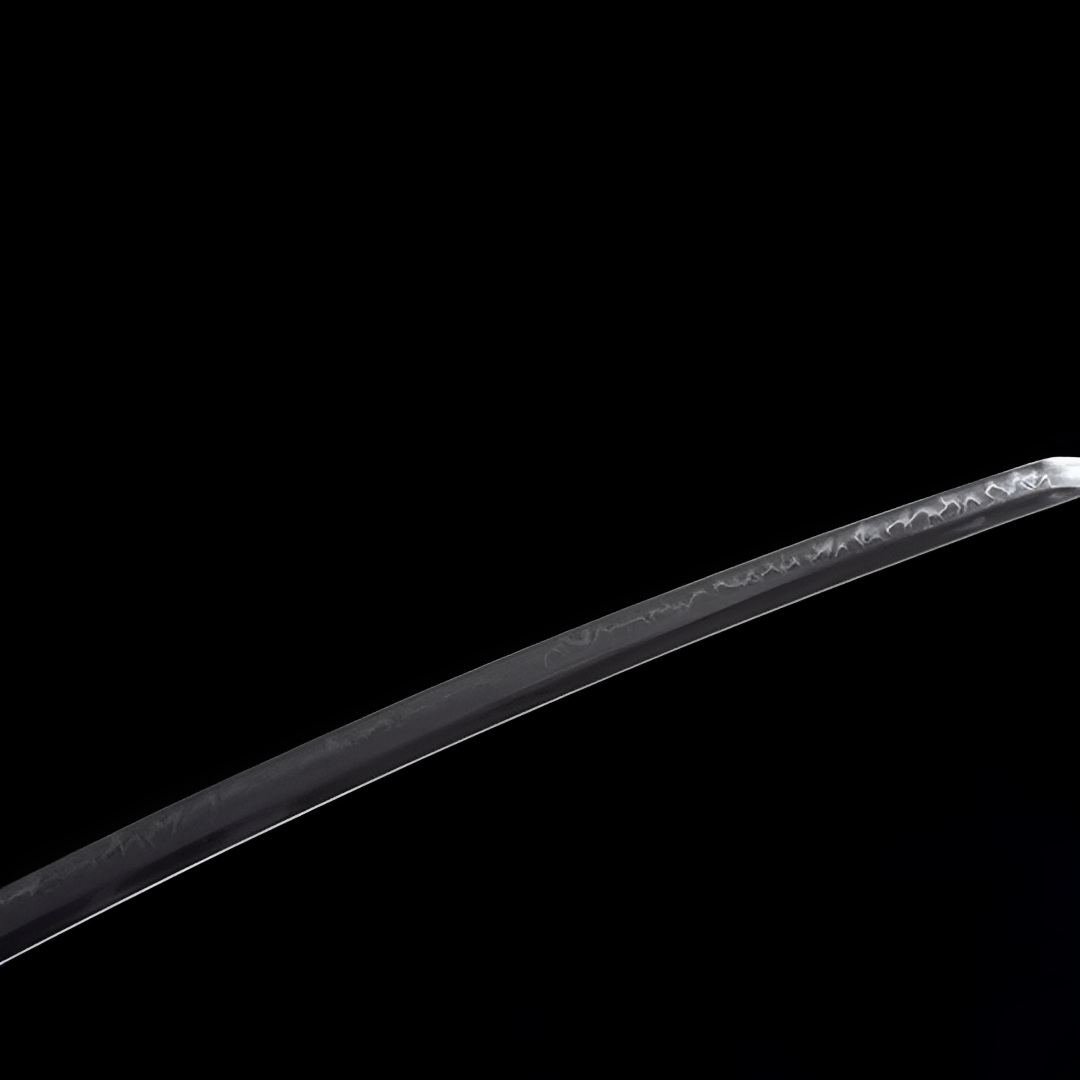
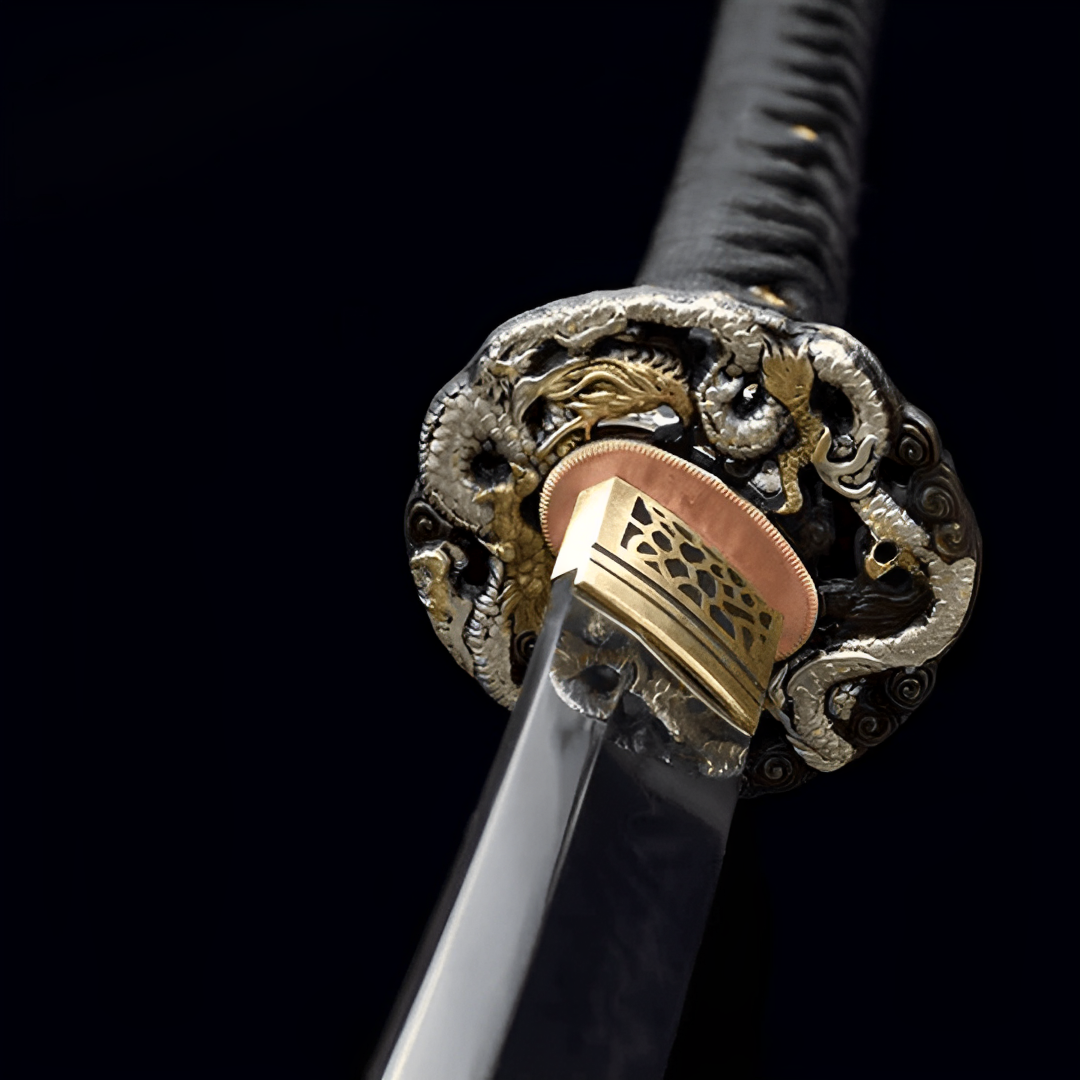
Why choose us
Ships within 48/72h
Forged Blade
Collector Quality
Trusted Globally
Inspired by Japan
Ouryu Katana (T10 Damascus Steel & Genuine Hamon) - 王竜
Popular upgrades
Free Shipping over $250
No Bots, No AI
Refund Guaranteed
Free Shipping over $250
No Bots, No AI
Our team is here to help with any questions or concerns.
We’re always happy to assist you — don’t hesitate to reach out.
Why choose us
Ships within 48/72h
Forged Blade
Collector Quality
Trusted Globally
Inspired by Japan

Ouryu Katana (T10 Damascus Steel & Genuine Hamon) - 王竜
Specifications
- Full tang in the handle
- SHARP blade
- Hand-forged
- Blade material: T10 steel with genuine hamon
- Habaki material: Brass
- Genuine ray skin on the handle
- Finely carved copper tsuba
- Tsuka-ITO made of cotton
- Gold-plated menuki
- Total length: 105 cm
- Blade length: 72 cm
- Blade width: 3.2 cm
- Blade thickness: 0.7 cm
- Handle length: 30 cm
-
Included: Katana and its scabbard
Ouryu Katana - Twin Dragon Complementary Balance
Command duality through Ouryu Katana, blade where two dragons dance eternal partnership. This balanced twin dragon masterwork refuses singular dominance - silver dragon coiling with golden counterpart creating sculptural yin-yang where neither leads nor follows but both flow together, T10 steel providing reliable foundation enabling ornate guard's artistry, damascus patterns suggesting clouds where celestial dragons swim paired through heavens, the entire piece embodying ouryu (應龍 responding dragon / 黄龍 yellow center dragon) philosophy that greatest strength emerges through complementary forces working together rather than single power dominating alone, asking whether you'll pursue solitary excellence exhausting yourself or recognize that partnership multiplying strengths while compensating weaknesses enables achieving what isolation prevents regardless of individual capability.
Twin Dragon Partnership Philosophy
Ouryu (應龍 responding dragon or 黄龍 yellow dragon) carries layered meanings converging on balance theme - the responding dragon who answers calls suggesting relationship and communication, the yellow dragon representing center/earth element in five-element system mediating between other forces, both interpretations emphasizing connection over isolation, balance over domination, cooperation over competition. This partnership power blade specifically channels twin dragons as visual metaphor for complementary forces - not fighting for dominance but flowing together, not competing for space but creating space through cooperation, the intertwined forms demonstrating that sometimes greatest strength comes through joining forces rather than standing alone, that vulnerability accepting partnership often enables more than invulnerability refusing help could achieve.
Traditional Eastern philosophy specifically explored duality through yin-yang concepts - opposing yet complementary forces whose interaction generates all phenomena, neither superior but both necessary, the dynamic balance creating stability through perpetual motion rather than static equilibrium, the white dot in black (and vice versa) teaching that each extreme contains seeds of its opposite, that absolute separation proves impossible when understanding deepens revealing interconnection. The dynamic balance weapon embodies that teaching where silver and golden dragons don't represent conflict but collaboration, where dual forms create unified aesthetic proving that partnership properly executed produces something neither participant could achieve independently.
Japanese martial arts specifically developed paired training (kumitachi 組太刀 in kenjutsu) - two practitioners working together enabling both improving through complementary roles providing resistance, feedback, challenge impossible for solo practice achieving, the partnership recognizing that growth requires engagement with forces outside ourselves, that mirrors reflecting only what we already are while partners reveal what we could become through pushing beyond comfort zones solitary practice maintains. The mutual growth blade channels that wisdom where lone warrior eventually plateaus but paired warriors continue advancing through challenging each other beyond self-imposed limitations.
Contemporary psychology validates through research on partnerships - romantic relationships, business partnerships, creative collaborations all demonstrating that properly matched pairs often achieve more than twice what individuals accomplish separately, the synergy emerging through complementary strengths, compensating weaknesses, perspective diversity preventing blind spots, emotional support sustaining effort during difficulties that would break isolated individuals. The twin dragons become metaphor for that multiplication effect where one plus one equals more than two when partnership functions optimally rather than merely adding individual contributions.
Partnership collectors specifically appreciate pieces embodying cooperation philosophy, recognizing that solitary excellence narratives often obscure reality that almost all significant achievements involved teams, collaborations, partnerships, the cultural mythology of lone genius distorting truth that Newton stood on shoulders of giants, that Einstein had colleagues, that "self-made" successes almost invariably had crucial support at critical moments, the twin dragons teaching through visual metaphor what honest reflection reveals: we accomplish more together than alone.
Intertwined Metalwork Mastery
The sculptural twin dragons wrapping around tsuba create extraordinary three-dimensional metalwork - not flat engraving or surface decoration but fully dimensional figures whose bodies coil around and through each other, the intertwining creating negative space revealing guard beneath while positive space (dragon bodies) provides structural and protective function, the composition achieving rare balance where decoration serves utility while utility enables decoration. This sculptural function guard represents master metalworking where craftsman solved multiple challenges simultaneously: creating visually compelling composition, maintaining sword's balance through weight distribution, protecting hand during use, the multi-constraint optimization producing solution elegant through necessity rather than arbitrary pretty features assembled hoping they'll work together.
Traditional Japanese metalworking (金工 kinko) specifically developed high-relief techniques enabling three-dimensional forms - casting initial shapes then chasing details through careful hammering and carving, the labor-intensive process requiring weeks or months creating single tsuba, the time investment explaining why exceptional guards sometimes cost as much as blades themselves, collectors recognizing that master metalworker's artistry deserved compensation equal to master swordsmith's technical expertise. The artisan equality blade honors that tradition where decoration receives respect equal to function, where guard's beauty matters as much as blade's cutting ability, both craftsmen contributing essential elements toward complete weapon deserving appreciation as unified artwork rather than blade with attached furniture.
The specific intertwining pattern creates visual complexity rewarding sustained examination - every viewing angle reveals different relationship between dragons as bodies pass over/under each other, heads emerge from different positions, tails wrap through varying spaces, the composition specifically designed preventing complete comprehension from single perspective, forcing viewers moving around blade discovering how three-dimensional sculpture transforms as viewpoint changes. That kinetic viewing experience separates thoughtful art from static decoration, demonstrating that craftsman considered how object exists in space rather than merely designing attractive front-view treating sides and back as afterthoughts.
The silver-gold contrast creates visual hierarchy - eyes follow light metallic dragon then discover darker counterpart, the alternating attention between complementary forms creating rhythm preventing either dominating, the balanced competition for attention modeling healthy partnership where both participants shine without diminishing partner, the metalwork teaching through form what words describe abstractly about how successful partnerships require both participants supporting each other's excellence rather than competing for spotlight.
T10 Damascus Reliability Foundation
The T10 steel damascus construction provides reliable performance foundation enabling ornate decoration - inferior blade would risk failure making expensive guard pointless, but quality steel justifies investment in exceptional furniture through ensuring structural integrity matching artistic ambition. This foundation excellence blade embodies principle that decoration should enhance quality not compensate for its absence, that elaborate tsuba on mediocre steel proves wasteful while exceptional metalwork on excellent blade creates synergy where both elements deserve each other.
Specifically, T10 steel (covered previously in #37 Kumo and #43 Atsu) achieves balance between hardness enabling edge retention and toughness preventing catastrophic failure, the practical metallurgy providing consistent performance enabling confidence that blade won't fail during use, that confidence freeing resources for enjoying aesthetic elements rather than worrying whether pretty sword actually works. The practical beauty weapon demonstrates that functionality and aesthetics needn't compete but complement when both receive proper attention, that false choice between "working tool" versus "display piece" resolves through committing to excellence in both domains rather than accepting mediocrity in either.
The damascus patterns specifically suggesting clouds where dragons traditionally dwelled creates thematic coherence - the blade's surface decoration reinforces guard's dragon imagery through providing environmental context, the flowing steel patterns depicting realm where celestial dragons swim, every design element serving unified vision about blade's mythology and symbolism rather than random pretty features assembled without conceptual integration. The thematic coherence steel proves that thoughtful design considers how all elements relate rather than treating blade, guard, handle as separate components merely assembled rather than conceived as integrated whole.
Unlike #37 Kumo (technical focus, test-cutting, martial application) or #43 Atsu (forge pressure, devotion, serious maturity), this T10 Damascus serves primarily as foundation enabling artistic expression through twin dragon guard, the metallurgical excellence providing structure supporting artwork, the relationship modeling how technical competence enables creative freedom impossible when constantly fighting equipment limitations or worrying about structural failures.
Silver-Gold Complementary Metals
The contrasting metallic finishes create visual distinction between dragons - silver representing yin (receptive, cool, lunar, feminine energy), gold representing yang (active, warm, solar, masculine energy), the color-coded differentiation enabling viewers tracking which dragon is which as bodies intertwine, the chromatic clarity serving functional purpose (maintaining visual distinction) while symbolizing philosophical concept (complementary energies requiring differentiation remaining meaningful). This symbolic metal blade demonstrates how material choices can communicate concepts beyond mere aesthetics, how gold and silver together teach about balance and complementarity in ways uniform metal color cannot achieve.
Traditional metallurgy specifically valued different metals for different symbolic purposes - gold for imperial authority and divine connection, silver for purity and clarity, copper for earth connection and longevity, the material culture recognizing that substances carry meanings beyond their physical properties, that choosing gold versus silver versus bronze communicates specific messages regardless of functional differences, the cultural literacy enabling sophisticated visual communication through materials alone. The literate materials guard participates in that tradition where informed observers recognize significance in metallic choices that casual viewers might miss, the layered meanings rewarding education while remaining visually appealing even without understanding deeper symbolism.
The specific shine differential creates practical benefit during handling - light catches metals differently depending on angle, the varying reflectivity ensuring guard remains visually interesting across lighting conditions from dramatic spotlighting to diffused ambient, the reliable visual interest meaning blade photographs well regardless of photographer's skill or available lighting, the practical consideration demonstrating that thoughtful design serves both artistic vision and real-world usage rather than optimizing purely for perfect conditions never occurring outside studio.
Contemporary jewelry design specifically explores mixed metals - rings featuring both gold and silver, necklaces combining copper with white metals, the aesthetic trend recognizing that contrast creates interest, that single metal tone risks monotony, that thoughtful combination produces richness impossible through uniformity, the twin dragon guard applying those design principles to sword furniture creating piece that would interest jewelers and metalworkers beyond sword collecting community.
Cooperative Excellence Collection
This partnership celebration piece serves collectors who appreciate that collaboration often produces results exceeding individual capabilities, who recognize that Western culture's individualism sometimes distorts reality that almost all significant achievements involved teams, who understand that admitting needing help demonstrates strength rather than weakness, who've learned through experience that pride insisting on independence often costs more than vulnerability requesting assistance, the twin dragons teaching through visual metaphor what painful lessons eventually reveal: we need each other, partnership multiplies possibilities, complementary strengths enable more than singular dominance ever achieves.
Traditional Japanese culture specifically emphasized group harmony (和 wa) - the collective mattering more than individual, personal glory subordinated to group success, the cultural value creating social structures where teamwork received emphasis Western individualism often lacks, the twin dragons therefore resonating culturally with audiences valuing cooperation over competition, relationship over isolation, the balanced pairs modeling ideal where both participants thrive rather than zero-sum competition where one's gain requires another's loss.
Museum contexts specifically welcome pieces teaching about complementary relationships - the twin dragons enabling discussions about yin-yang philosophy, partnership dynamics, how different cultures conceptualize individuality versus collectivism, the visual metaphor providing accessible entry point for complex philosophical and sociological topics that pure text explanation might render too abstract for general audiences engaging more readily with concrete visual representations.
Contemporary relevance includes people seeking frameworks for healthy relationships - romantic partnerships, business collaborations, creative teams, any context where multiple parties must work together toward shared goals, the twin dragons modeling balance where both participants maintain distinct identities (silver versus gold) while flowing together harmoniously (intertwined forms), neither dominating nor submitting but both contributing equally toward unified result transcending what either could achieve independently.
The balanced partnership sword particularly appeals to collectors who've learned that relationships require work, that successful partnerships demand both participants bringing strengths while accepting help with weaknesses, that complementarity proves more valuable than similarity despite common wisdom about opposites attracting proving sometimes true through enabling balanced pairs where each compensates for other's limitations while amplifying other's capabilities, the dragons teaching that different needn't mean conflicting, that diversity within unity creates strength homogeneity cannot achieve.
Care Instructions: Maintain this twin dragon blade understanding partnership extends to care protocols - the intertwined metalwork requires patient cleaning removing debris from crevices where dragons' bodies pass through each other, use soft brushes following forms carefully, the detailed maintenance paralleling patient attention successful partnerships require navigating complex interactions where participants' needs sometimes conflict requiring negotiation and compromise. The T10 Damascus needs regular oiling preventing corrosion. The silver and gold may develop patina differently - decide whether polishing maintaining bright contrast or allowing natural aging creating unified tonal harmony, both approaches valid but reflecting different philosophies about change and maintenance. Handle knowing this embodies specific teaching about cooperation and balance, that carrying twin dragon blade reminds you daily about partnerships in your life - which ones thrive through mutual support? Which ones struggle through competition? What would balanced cooperation look like where both participants excel rather than one dominating while other submits? Display where it prompts reflection about relationships, about when asking help demonstrates strength, about how complementary strengths multiply possibilities, about why isolation often exhausts while partnership sustains. Consider this blade teaching that dragons - those symbols of ultimate power - appear here as pairs not because either was weak but because together they achieve more than separated, that even apex predators benefit from cooperation, that if dragons partner imagine what humans could accomplish through dropping pride insisting on independence that prevents requesting assistance pride mistakes for weakness yet which wisdom recognizes as essential for achieving excellence sustainable across time rather than brief brilliant burnout solitary effort produces before exhaustion forces withdrawal. The ouryu reminds: two dragons fly higher than one, complementary forces multiply rather than merely add, partnership properly balanced enables both participants surpassing what either could achieve alone, the intertwined forms teaching through sculpture what successful relationships demonstrate through action: we rise together or fall separately, excellence sustained requires support systems, the lone wolf dies but the pack survives, even dragons understand that ultimate strength comes through union not isolation.
Twin dragons coil. Silver gold flow. Partnership multiplies strength. Together we soar higher than alone ever reaches.
Legal Disclaimer
By purchasing from Katana Corp, you acknowledge and agree that:
- You are at least 18 years of age (or the age of majority in your jurisdiction).
- You are solely responsible for verifying and complying with all local laws and import regulations before placing an order.
- Some countries prohibit the importation of swords entirely. Katana Corp is not responsible for orders delayed, seized, or refused by customs authorities.
- All katanas and related products are sold strictly as decorative and display items. They are not intended or certified for combat use.
- Depending on the jurisdiction, swords may legally be considered bladed weapons, subject to specific restrictions or prohibitions.
- Katana Corp disclaims all liability for any injury, damage, or legal consequences resulting from misuse, abuse, or unlawful use of its products.
For full details, please refer to our Terms of Service.
Care & Maintenance
To maintain your katana's appearance and performance over time, we recommend:
- Regularly wiping the blade with a soft cloth to remove fingerprints and moisture.
- Applying a light coat of choji oil to prevent rust (for carbon steel blades).
- Storing the sword in a dry place, preferably inside its saya.
- Avoiding direct contact with hard surfaces to preserve sharpness and finish.
For more care tips, check our full maintenance guide in the FAQ section.
Behind the Blade
Every katana we offer carries the essence of centuries-old craftsmanship.
More than just a weapon, the katana symbolizes discipline, honor, and mastery.
Our artisans draw inspiration from traditional forging methods to ensure each blade reflects the spirit of the samurai — strength, precision, and soul.
Owning one is not just about aesthetics — it’s about carrying a piece of that legacy.
User Experience
This katana is designed to offer a perfect balance between blade and handle.
Its ergonomic tsuka (handle) allows a secure two-handed grip, while the weight distribution ensures smooth, fluid movement.
Whether for training, display or cutting practice, handling feels natural and precise.
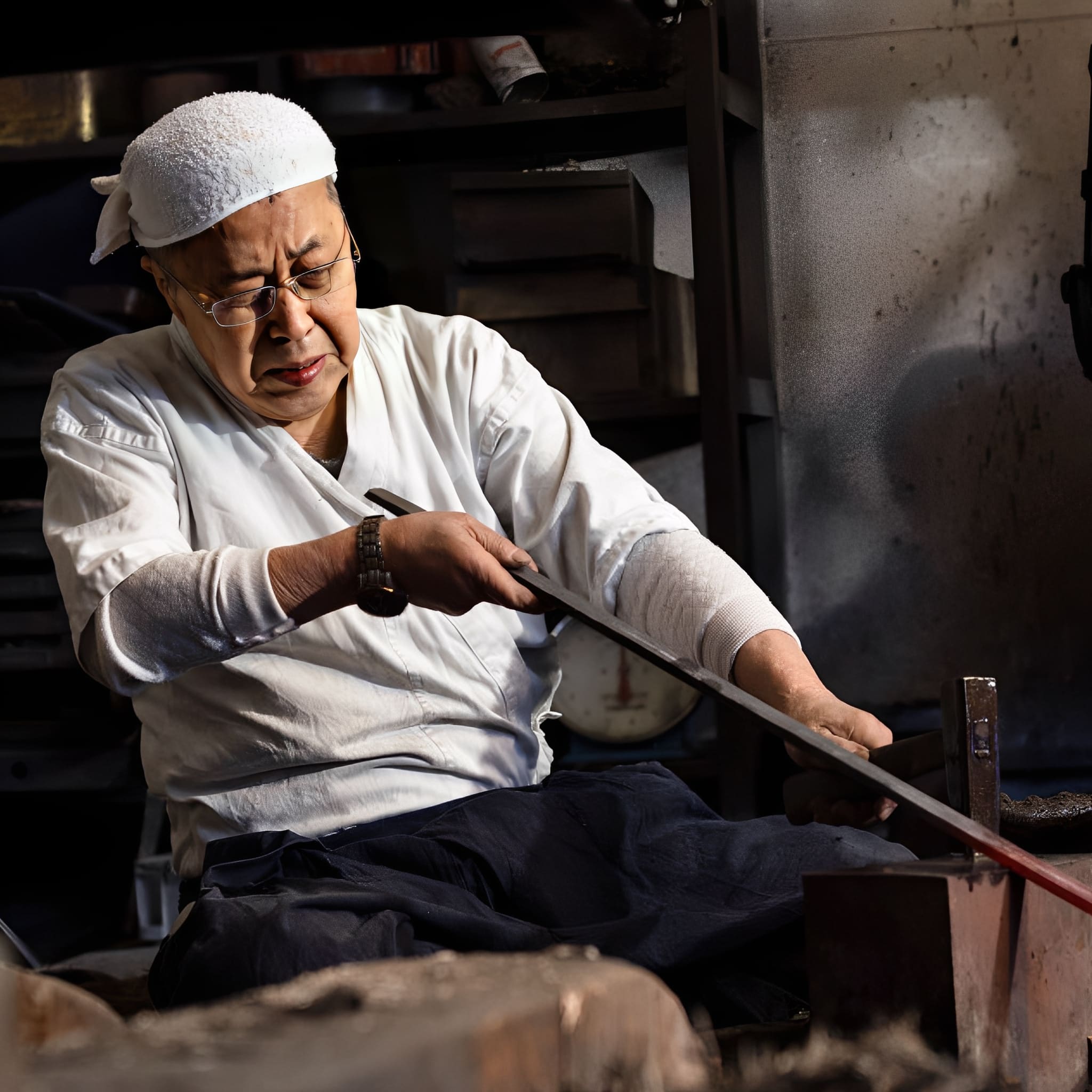
The Art of Traditional Forging
Each katana we craft is born from centuries of samurai tradition.
Our master smiths shape every blade by hand, folding the steel to achieve unmatched strength, flexibility, and beauty.
This time-honored process is not just about creating a weapon? it’s about preserving a legacy of discipline, honor, and artistry.

Materials Chosen Without Compromise
We select only the highest-grade steels and authentic fittings to ensure every katana is both a masterpiece and a reliable companion.
From the flawless hamon line to the perfectly balanced tang, each detail is carefully inspected to meet the highest standards of performance and aesthetics.
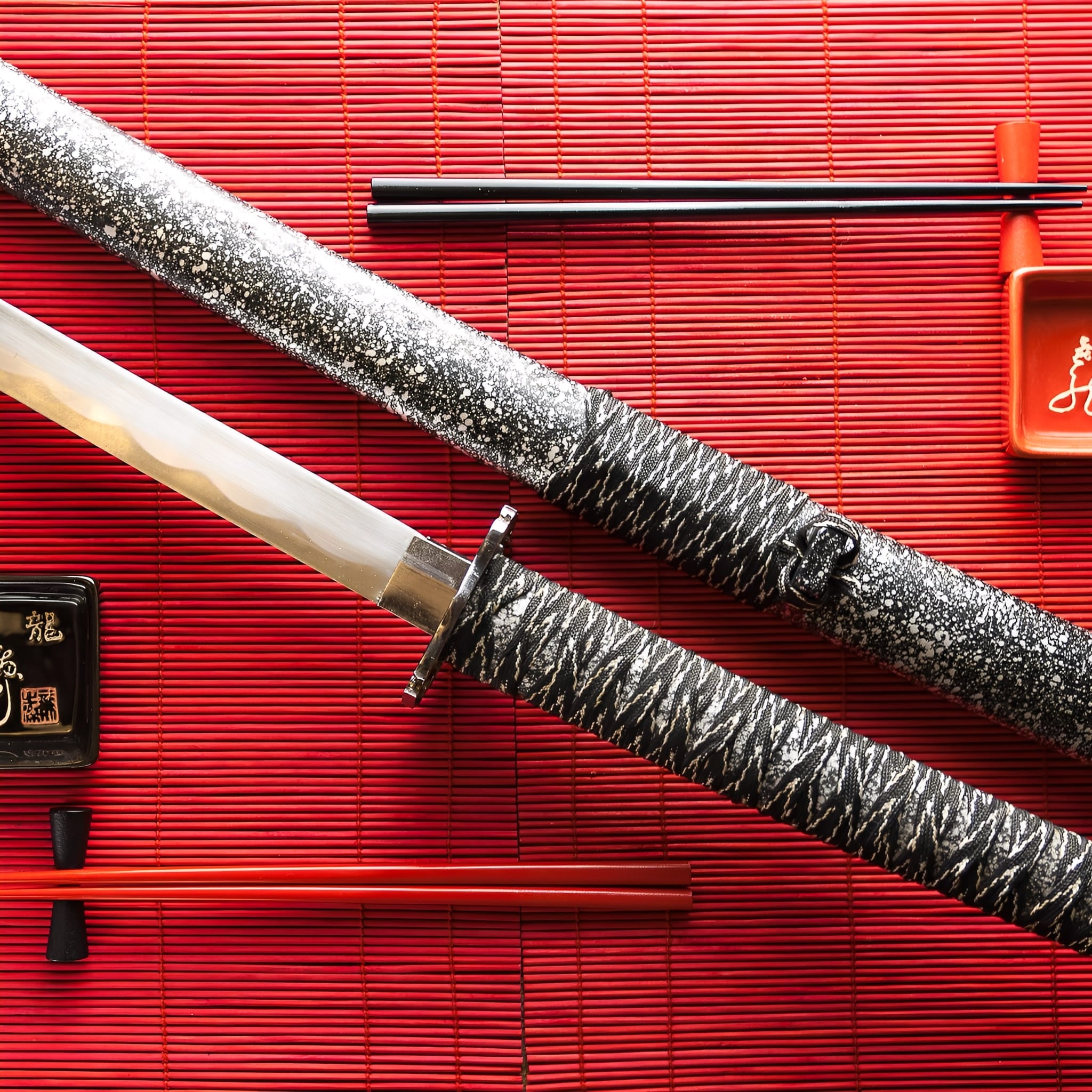
More Than a Sword, A Lifelong Legacy
Owning a handmade katana is an experience that goes beyond the blade itself. It’s holding history, tradition, and craftsmanship in your hands.
Whether displayed as a work of art or wielded with precision, your katana will stand as a symbol of timeless skill and dedication for generations to come.
-
Key Destinations
United States: 5–7 days
Canada: 5–7 days
Australia: 6–9 days
Denmark: 4–6 days
Netherlands: 3–5 days
Sweden: 4–6 days
Switzerland: 3–5 days
Finland: 5–7 days
Singapore: 6–8 days -
Central European Partners
France: 2–3 days
Germany: 3–5 days
Spain: 4–6 days
Italy: 4–6 days
Belgium: 3–5 days
Austria: 4–6 days
Ireland: 4–6 days
Poland: 4–6 days
Portugal: 4–6 days -
Extended EU Network
Czechia: 4–6 days
Hungary: 4–6 days
Slovakia: 4–6 days
Slovenia: 5–7 days
Romania: 5–7 days
Bulgaria: 5–7 days
Croatia: 5–7 days
Serbia: 5–7 days
Estonia: 5–7 days
Latvia: 5–7 days
Lithuania: 5–7 days
Luxembourg: 3–5 days
Greece: 5–8 days -
FAQ’s
Visit our FAQs page to find answers to common questions.